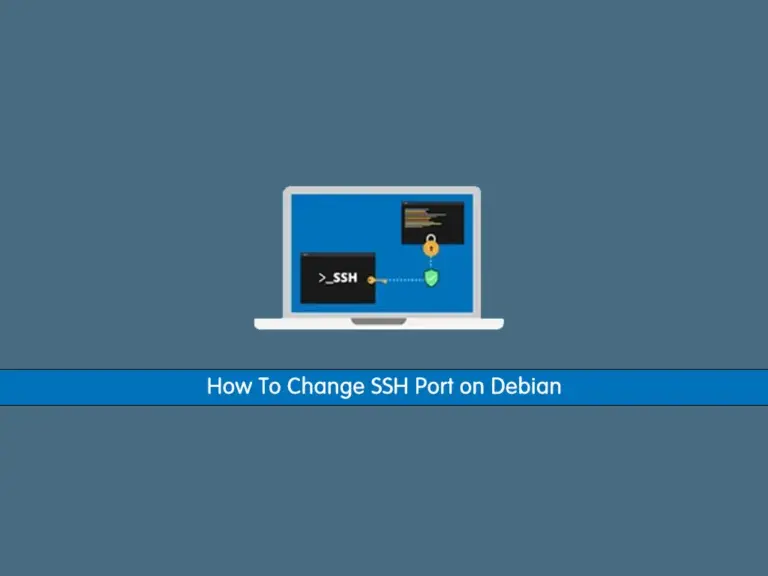Fix Error User Not in Sudoer File on Ubuntu

Install Java with DNF on AlmaLinux 9

SSH Port Number Change on Debian

Stress Test and Benchmark CPU Performance Debian

Install Dropbox on Debian 12 Bookworm

Configure Firewall with UFW on Debian 12 Bookworm

Set Up Time Synchronization on Debian 12 Bookworm

Install Java with Apt on Debian 12 Bookworm

Install Gnome Desktop Environment on Debian 12

Initial Server Setup with Debian 12 Bookworm

Upgrade Debian 11 to Debian 12 from Command Line

4 Ways To Check HTTPS Port 443 is Open on Linux

Stay informed and not overwhelmed, subscribe now!
